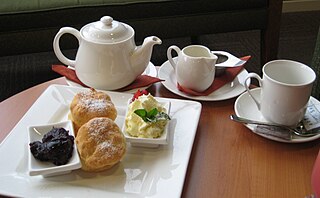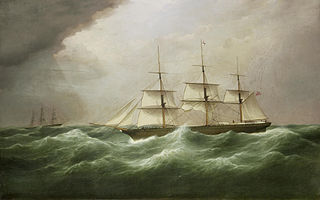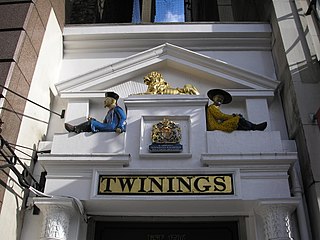 W
WSince the eighteenth century, the United Kingdom has been one of the world's largest tea consumers, with an average annual per capita tea supply of 1.9 kg. The British Empire was instrumental in spreading tea from China to India; as a consequence, tea remains one of the most popular beverages there. Tea, which was an upper-class drink in continental Europe, became the infusion of every social class in Britain throughout the course of the eighteenth century and has remained so. Tea is a prominent feature of British culture and society.
 W
WBuilder's tea, also known as a builder’s brew, is a British English colloquial term for a strong cup of tea. It takes its name from the inexpensive tea commonly drunk by labourers taking a break. A builder's tea is typically brewed in a mug with the tea contained in a teabag, with a small amount of milk added after either stirring the tea or leaving it to stand and infuse. It is often taken with one or more teaspoons of white sugar, but this is optional.
 W
WA cream tea is a form of afternoon tea light meal, consisting of tea taken with a combination of scones, clotted cream and jam. Traditionally a speciality of Devon and Cornwall, cream teas are offered for sale in tea rooms in those two counties, as well as in other parts of England and elsewhere in the Commonwealth.
 W
WEarl Grey tea is a tea blend which has been flavoured with the addition of oil of bergamot. The rind's fragrant oil is added to black tea to give Earl Grey its unique taste. Traditionally, Earl Grey was made from black teas such as China keemun and therefore intended to be drunk without milk. However, tea companies have since begun to offer Earl Grey based upon stronger teas such as Ceylons which are better suited to the addition of milk or cream. Other varieties have been introduced as well, such as green or oolong.
 W
WEnglish breakfast tea or simply breakfast tea is a traditional blend of black teas originating from Assam, Ceylon, and Kenya. It is one of the most popular blended teas, common in British and Irish tea culture.
 W
WThe Lipton Institute of Tea is a dedicated tea research facility owned by consumer goods company Unilever, which also owns the Lipton tea brand. The Institute conducts studies on the mental and physical health benefits of tea. As well as research conducted directly by the Institute, it also funds and coordinates research projects at academic and research institutions around the world.
 W
WRobin Hood was a tea clipper built by Alexander Hall and Sons, in Aberdeen, Scotland, in 1856. The ship's best known commander was Capt. Cobb. The ship is remembered for a 107-day passage to San Francisco.
 W
WTea has long been used as an umbrella term for several different meals. Isabella Beeton, whose books on home economics were widely read in the 19th century, describes afternoon teas of various kinds, and provides menus for the "old-fashioned tea", the "at-home tea", the "family tea", and the high tea. Teatime is the time at which the tea meal is usually eaten, which is late afternoon to early evening, being the equivalent of merienda. Tea as a meal is associated with Great Britain, Ireland, and some Commonwealth countries. Some people in Britain refer to their main evening meal as "tea" rather than dinner or supper. This article is instead concerned with the various types of secondary, lighter, meals called "tea".
 W
WA tea sandwich is a small prepared sandwich meant to be eaten at afternoon teatime to stave off hunger until the main meal.
 W
WA teasmade is a machine for making tea automatically, which was once common in the United Kingdom and some British Commonwealth countries. Teasmades generally include an analogue alarm clock and are designed to be used at the bedside, to ensure tea is ready first thing in the morning. Although crude versions existed in Victorian times, they only became practical with the availability of electric versions in the 1930s. They reached their peak in popularity in the 1960s and 1970s, since when their use has declined, but they are now enjoying a revival, partly as a retro novelty item.
 W
WThe Twinings Museum is a small museum adjacent to the Twinings shop at 216, Strand, in London.